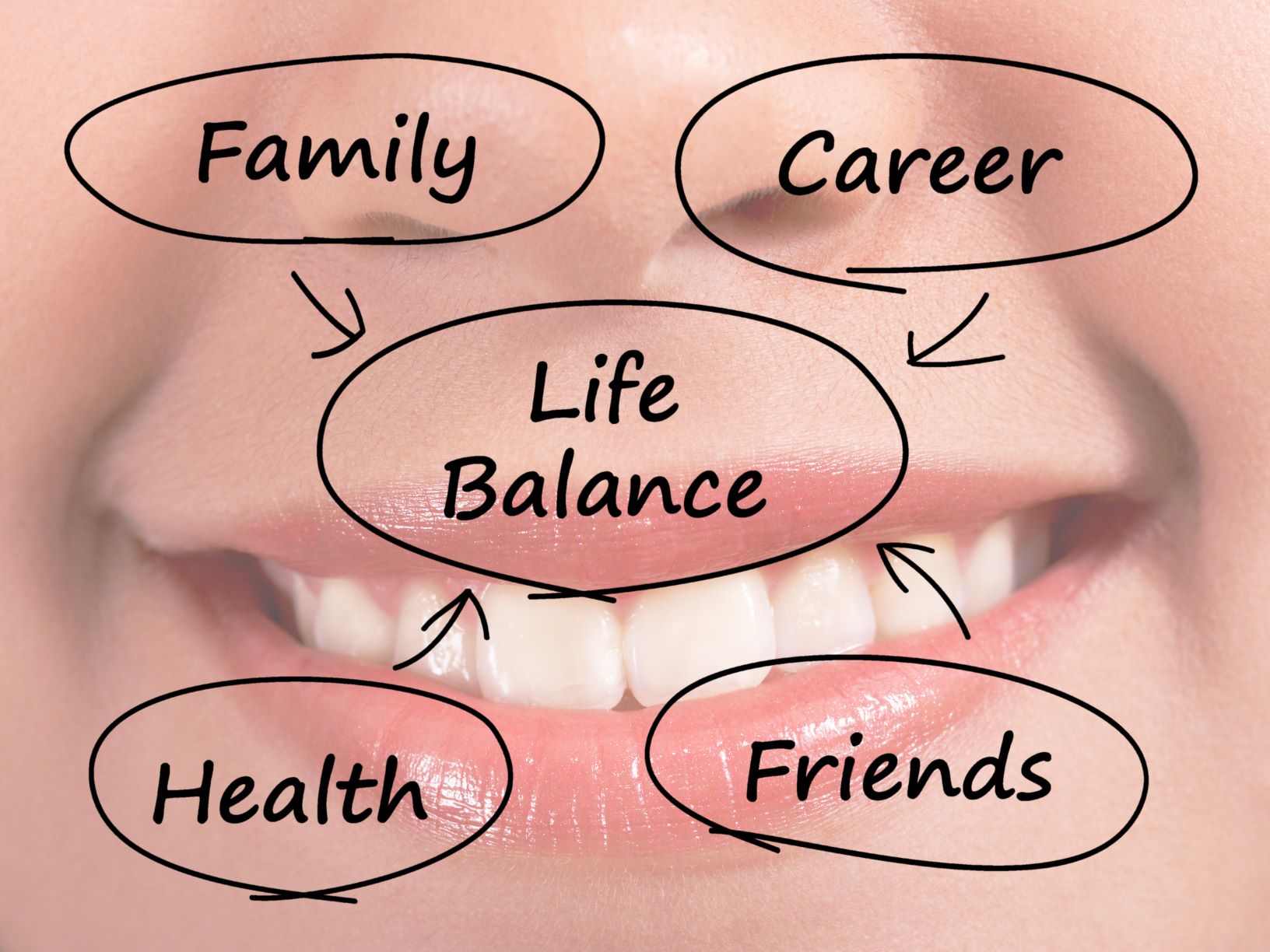 The smell of a new box of crayons. Sharp pencils. Fresh erasers. A new locker combination. A new dorm room.
The smell of a new box of crayons. Sharp pencils. Fresh erasers. A new locker combination. A new dorm room.
It’s back-to-school time, and that means trips to school, scraped knees, books, back packs, and school sports. The activity can be great for you and the kids, but heavy backpacks and bad posture can end up hurting your kid’s backs. But how to navigate this growing concern straight out of the gate?
Backpacks
First, find a good backpack! It should be light, snug and comfortable to wear. It should be made of vinyl or canvas, with two wide padded shoulder straps and a waist strap. All straps should be used and adjusted so that the pack is snug against the wearer’s back and not “falling away” from the body.
Second, a quality backpack is only as good as the way it is packed! Heaviest objects should be packed close to the body (books, pencil cases) and any bumpy, odd-shaped objects placed on the outside, away from the back (lunch boxes, water bottles, sports gear).
Moving Boxes
Moving your kids into their college dorm room or new apartment? Lifting heavy boxes can give you back pain. Tape the boxes so that they are sturdy and the contents do not shift while being handled. Before lifting, make sure that you have balanced footing and good grip (boxes with handles are ideal).
Face your work. Stand so that your nose, hips and toes are facing forward. Keep the object as close to your body as possible and bend from the hips and knees.
Studying
Hit the books but help your back! When it’s time to study or read, use a book stand so that your book is at eye level. This will reduce the amount of strain on your neck and shoulders from having your book lay flat.
Sports
Returning back to school sports after some time off during the summer? Remember that your body may not have moved and performed in that sport in a while and will need extra time to warm up. Warm up for a minimum of 10-15 minutes before playing. The warm up should involve simple movements that “simulate” your sport and get the heart rate up. Always stretch after your sport.
In Class
Sitting in class with good posture will reduce the strain on your neck, shoulders and low back. It will also help keep you attentive during class! Sit with your shoulders back, chin tucked in and a gentle “C curve” in your low back. Don’t arch your lower back or slump forward. Your ears, shoulders and hips should be in a straight line. Make use of your breaks! Between classes stand up, walk around and stretch.




